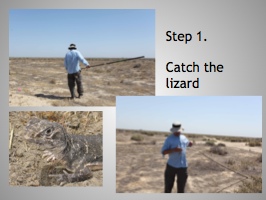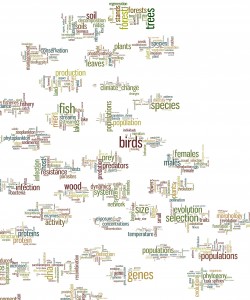Natural history collections contain both historical and contemporary
information about the ecology of our natural and urban areas. The
research and instructive potential of these data are rapidly becoming
more relevant as more and more collections become digitized.
I managed the digitization of over 3 million plant and insect
specimens for the National Science Foundation Tri-Trophic Thematic
Collection Network project from 2011 until 2015. The focus of this
high-throughput digitization effort was on the hemipteran herbivorous
insects (aphids, scales, hoppers, cicadas, and true bugs), their host
plants, and related parasitoids. At this NCEAS roundtable, I plan to
present to review of contemporary standards in natural history
collection digitization, highlight some of the exciting derivative
research, and outline many of the ongoing challenges natural history
collection digitization still faces.
Katja Seltmann, PhD
Katherine Esau Director / Entomology Curator
Cheadle Center for Biodiversity & Ecological Restoration (CCBER)
seltmann@ccber.ucsb.edu






